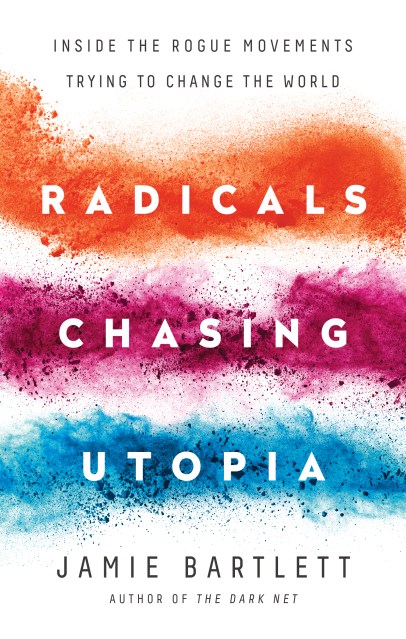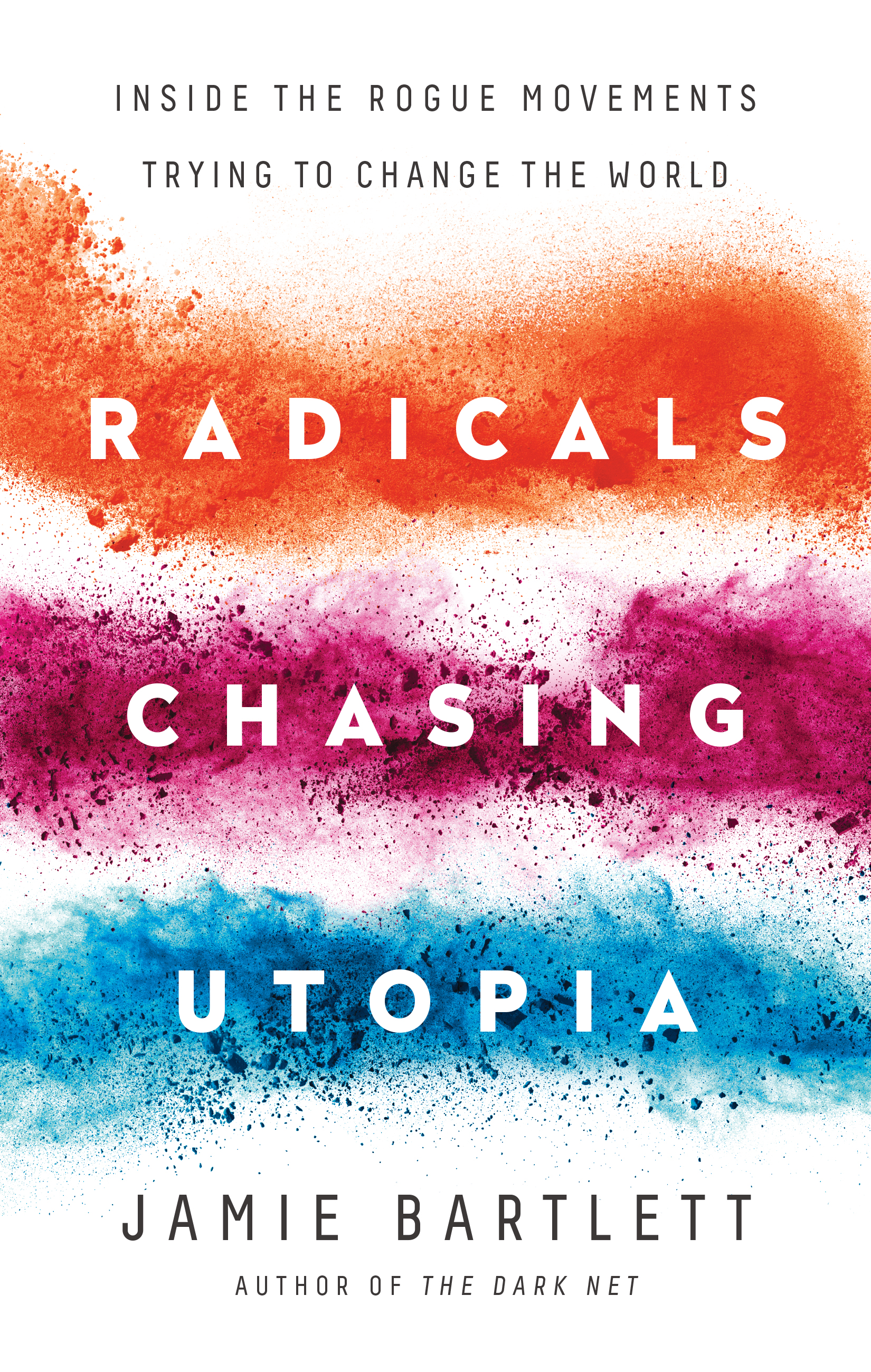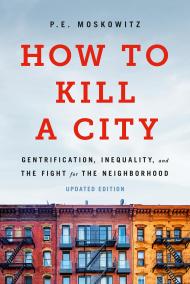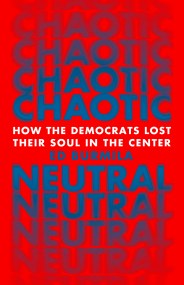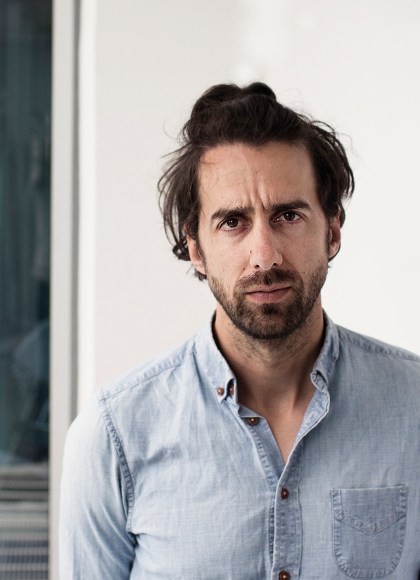Promotion
Use code BEST25 for 25% off storewide. Make sure to order by 11:59am, 12/12 for holiday delivery!
By clicking “Accept,” you agree to the use of cookies and similar technologies on your device as set forth in our Cookie Policy and our Privacy Policy. Please note that certain cookies are essential for this website to function properly and do not require user consent to be deployed.
Radicals Chasing Utopia
Inside the Rogue Movements Trying to Change the World
Contributors
Formats and Prices
- On Sale
- Jun 13, 2017
- Page Count
- 400 pages
- Publisher
- Bold Type Books
- ISBN-13
- 9781568589879
Price
$12.99Price
$16.99 CADFormat
Format:
- ebook $12.99 $16.99 CAD
- Trade Paperback $18.99 $24.99 CAD
This item is a preorder. Your payment method will be charged immediately, and the product is expected to ship on or around June 13, 2017. This date is subject to change due to shipping delays beyond our control.
Buy from Other Retailers:
In Radicals Chasing Utopia, Jamie Bartlett, one of the world’s leading thinkers on radical politics and technology, takes readers inside the strange and exciting worlds of the innovators, disrupters, idealists, and extremists who think we can do better-and believe they know how. Bartlett introduces us to some of the most influential movements today: techno-futurists questing for immortality, far-right groups seeking to close borders, militant environmentalists striving to save the planet by any means necessary, and psychedelic pioneers attempting to heal society with the help of powerful hallucinogens.
The success of democratic societies hinges on our ability to listen to-and in some cases learn from-the radical movements in our midst. Their methods may be extreme, but in chasing utopia, these groups are challenging what is possible and previewing the world to come.
-
"Radicals Chasing Utopia sets out to describe and understand this new spirit of radicalism... Throughout, Mr. Bartlett is a friendly guide, with a reporter's eye for detail and a willingness to engage with his subjects."Wall Street Journal
-
"Bartlett is an accomplished journalist: careful, dispassionate and willing to put the time in. And once again he does the work, spending time with people whom less committed reporters might wish to avoid. And he does so with a degree of sympathy that is as impressive as it is rare."The Guardian
-
"Enlightening and unnerving...Bartlett, ever the knowledgeable guide through murky political and technological waters...embeds himself with these groups and approaches each with a commendable balance of genuine open-mindedness and healthy skepticism...A highly recommended read, Radicals Chasing Utopia could influence you to chase after some of these utopian organizations and ideas, or make you want to flee from them just the same."New York Journal of Books
-
"Eye-opening...enlightening."The Huffington Post
-
"Bartlett is right to remind us that democracies are not necessarily the natural order, and that they need fresh ideas to survive some very scary emerging challenges."The Evening Standard
-
"The disparate groups of modern-day utopians Bartlett presents here include Islamophobic Europeans, political parties that reject the label and mission of political parties, free-love practitioners in a Portuguese ecovillage, and a group of crypto-currency enthusiasts trying to create the world's most libertarian country in a Balkan swamp. The author's portraits sometimes find these activists at less than their best, whether it is the group of transhumanists careening along in an odd, decidedly whimsical campaign for U.S. president or the shambolic machinations of the U.K. branch of the anti-Islam Pegida movement. The most striking feature of the radicals portrayed, though, is that the rejectionist, exclusionist movements mostly featured seem far more likely to catch on with broader followings than the exception, a psychedelic society dedicated to open-mindedness. Bartlett notes the amplifying effect of the Internet as an echo chamber for affirming beliefs that may not be widely accepted in broader society, and keeps his general observations upbeat, even in an age of angry political populism. He leaves readers with the observation that liberal societies are inherently risky and unstable, but their ability to accommodate radical views is also what allows them to change, and that change is generally for the better."Publisher's Weekly
Newsletter Signup
By clicking ‘Sign Up,’ I acknowledge that I have read and agree to Hachette Book Group’s Privacy Policy and Terms of Use
